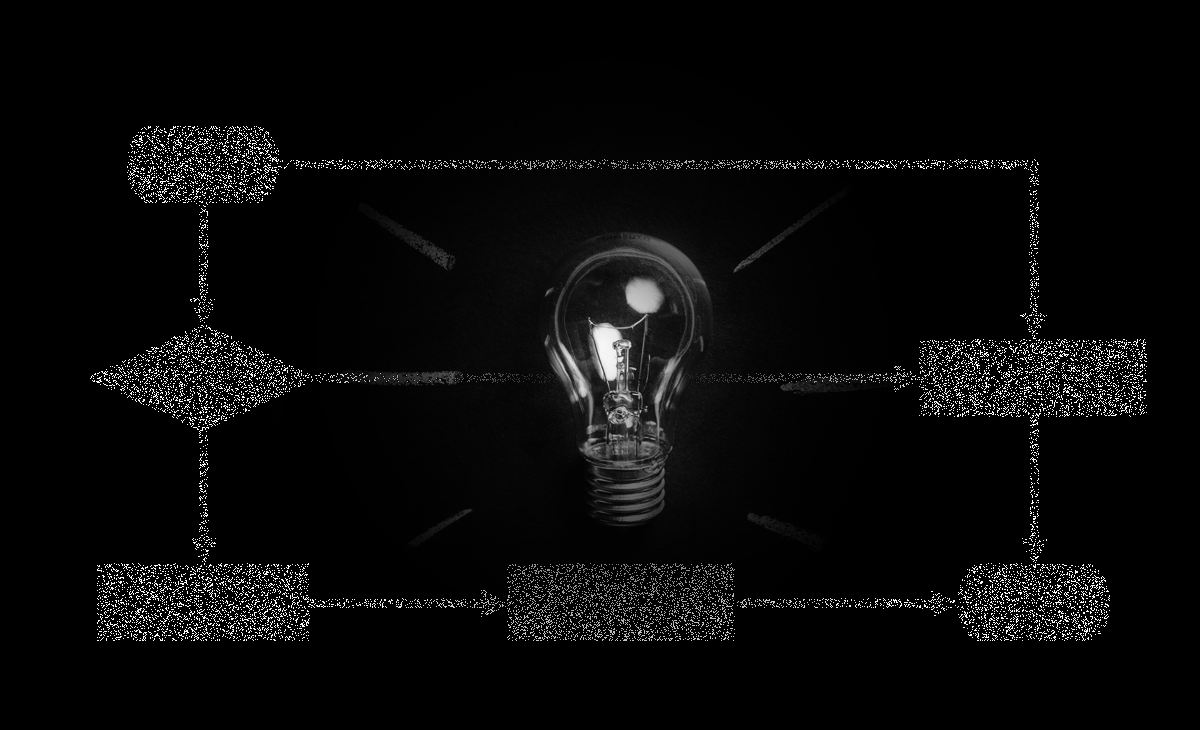Do processes enable or stifle innovation? As a scientist and Operational Excellence (OpEx) practitioner in life science R&D, I have seen many perspectives.
Typically, OpEx professionals stress how process design, management, and continuous improvement help reduce variation and waste and increase quality and productivity. Scientists often see the drawbacks — processes being rigid, overly prescriptive, and unnecessarily complex, creating bureaucracy and limiting people’s creativity.
Understanding Innovation Work
As W Edwards Deming said, “A bad system will beat a good person every time.” A poorly designed or implemented process certainly can stifle innovation. A better question is “How can we design and implement processes that enable creativity and innovation?” The emphasis here is “enable” not “control.” It is not an easy task, and I have been involved in making a few bad processes in my career.
From my experience, the first step to answering this “how” question is to understand deeply, first-hand, how the creative and innovative work is done. This cannot be accomplished by studying tasks and making flowcharts as we have done in manual work analysis for a century. Creative work does not follow a linear sequence of steps, visible and repeated as in a value stream. There is no value object that we can follow as it is being created. Instead, we have to get to know the people involved and learn how they work, individually and collectively, to generate results. Go Gemba, as we say in Lean. Only then can we start designing processes that enable them to innovate.
A Perspective from Apple
It is instructive to quote a few statements from Tim Cook in an interview with Bloomberg Businessweek 16 months after becoming CEO of Apple. When asked about the enormous pressure to continue to create breakthroughs, Cook responded:
“Creativity and innovation are something you can’t flowchart out. Some things you can, and we do, and we’re very disciplined in those areas. But creativity isn’t one of those.”
Maybe Apple’s secret of innovation includes its understanding of where processes are needed and where they are not.
The following also resonates strongly with me.
“Creativity is not a process, right? It’s people who care enough to keep thinking about something until they find the simplest way to do it. They keep thinking about something until they find the best way to do it. It’s caring enough to call the person who works over in this other area, because you think the two of you can do something fantastic that hasn’t been thought of before. It’s providing an environment where that feeds off each other and grows.”
How well do you understand what drives creativity and innovation in your organization?
